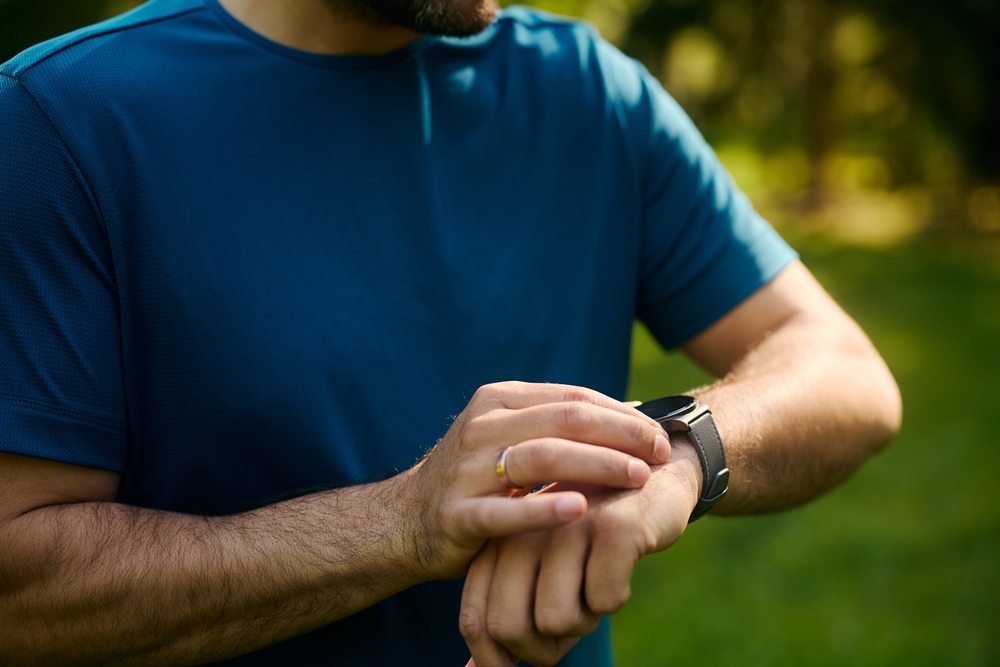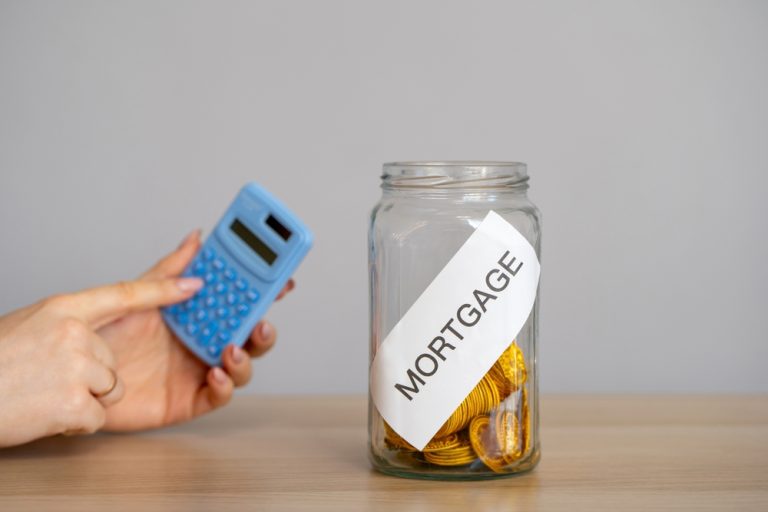Are fitness expenses breaking the bank?
It comes at a time when we realize that taking care of our bodies means more sport. This renewed focus on health and wellness is a positive global shift, often spurred by a desire for longevity, mental clarity, and physical resilience. And when this happens, many people turn to fitness as their primary vehicle for self-improvement. This is an amazing idea, but let’s face it, fitness expenses can destroy your budget and savings if you’re not careful. The initial wave of motivation can easily lead to a tidal wave of spending.
Gym memberships, stylish workout clothes, high-tech gadgets, specialized equipment, and nutritional supplements can quickly add up, turning a healthy habit into a significant financial burden. However, you don’t have to choose between your physical health and your financial health. There are some incredibly effective tricks that can cut those fitness expenses and make everything perfect for any frugal individual who still wants to achieve their goals.
You don’t have to sabotage your workout routine or abandon your fitness ambitions! In fact, a little bit of strategic planning, a dash of creativity, and a commitment to smart spending can go a very long way. All you have to do is follow an easy plan that prioritizes value over flash. So, are you ready to find out the secrets of low fitness expenses and build a stronger body without weakening your bank account? If your answer is a resounding yes, then keep reading!

1. Start with a simple routine
If you want to cut on fitness expenses, it’s a good idea to start simple. There’s a common misconception that an effective workout requires a complex regimen and expensive gear. You don’t need a premium gym membership or expensive home equipment right from the bat. In reality, the most sustainable fitness journeys often begin with the basics. You can begin with a simple simple walking or running routine, which are two of the most effective cardiovascular exercises available.
Experts say that starting with your feet and seeing where it goes from there is an amazing start. This approach allows your body to adapt gradually, reducing the risk of injury and burnout. For this, you only need a decent pair of shoes and the initiative to take advantage of your local environment—be it a neighborhood park, a local track, or even just the sidewalks in your town. Don’t forget the power of bodyweight exercises, too! Push-ups, squats, lunges, planks, and crunches require zero equipment and can be combined to create a powerful full-body workout. Convenient and cost-effective—what more can you wish for?
Also, if you want to see results, consistency is key. It’s far more beneficial to do a 30-minute walk every day than to have one intense, two-hour gym session per week. Do this every day or at least a couple of times per week, and you will be amazed by how much these basic exercises will help your body. You’ll not only improve your cardiovascular health and build strength, but you’ll also notice benefits to your mood and energy levels. The key is to build the habit first before you even think about investing more money.
2. Never buy things you’ll never use
When you get excited about fitness, it’s incredibly easy to get carried away by marketing and the allure of professional-grade gear. And this could be a huge problem because it means you are more tempted to buy various pieces of equipment that you don’t use. You know the story. You see an infomercial for a revolutionary ab machine or a social media ad for a high-tech stationary bike. Starting a new type of training feels empowering, and in no time you have profi stuff you are never going to use, which ends up gathering dust in a corner or serving as a very expensive clothes hanger.
Don’t impulse buy a treadmill, a set of adjustable dumbbells, or a rowing machine. Before making any significant purchase, implement a 30-day waiting period. If you still feel the item is absolutely essential to your routine after a month of consistent, simpler workouts, then you can consider it. If you are not sure you will use it, buying it will be a huge mistake that will add up to your fitness expenses. If you do decide you need a piece of equipment, check second-hand options first. Websites like Facebook Marketplace, Craigslist, or local consignment stores often have nearly-new equipment for a fraction of the retail price.
If you want to exercise using fancy equipment, check with your local exercise department or community recreation center for free or low-cost gym memberships. These facilities are often surprisingly well-equipped. Also, in order to avoid spending a lot of money on a full membership you may not use, you can try “punch passes” or class packs that are designed for those who need just a few gym visits a month. This gives you access to the big-ticket items without the long-term financial commitment.
3. Find someone to split the cost with
Have you ever thought about this? Embarking on a fitness journey doesn’t have to be a solo mission. Working out with friends or family can mean fewer fitness expenses to pay for. Why? Because you can split the costs on a wide range of things, from personal training sessions to bulk purchases of protein powder. Besides this, it can also be more fun for many folks. There are some people who prefer company when they are doing their workout routine, and if you believe you are one of them, this might be the perfect trick for you!
Maybe a personal trainer seemed incredibly expensive when you looked into it for yourself, but now, if you have someone to go with at the gym, you’ll see how your fitness expenses simply shrink. Many trainers offer small-group or partner sessions at a significantly reduced per-person rate. You get the same expert guidance but share the financial load. This makes personalized coaching far more accessible.
If one-on-one training is not your cup of tea, consider group fitness classes as a more affordable option. These classes, whether it’s spinning, yoga, or HIIT, provide a structured, motivating environment led by an instructor. You’ll still get all of the valuable tips and motivation, but you will pay a much lower price than you would for individual coaching. Often, bringing a friend can even unlock a referral discount for both of you.
Another thing that makes having a workout buddy such a fantastic idea is that this is a good way to keep yourself consistent. The power of accountability cannot be overstated. When you know someone is counting on you to show up for that early morning run or evening class, you’ll be far more motivated to go there and conquer your fitness goals together. This mutual encouragement is priceless and costs you nothing.
4. Try online videos
We are no longer in the days when a good workout meant an expensive gym membership. The fitness landscape has been completely revolutionized. We live in the age of the internet, and as you would expect, this also has an impact on how we exercise and do sports. The digital world has democratized fitness, making it more accessible than ever before.
A good way to eliminate fitness expenses is to take advantage of this online world and try some online courses and videos. This is perhaps the single most effective way to build a varied and exciting workout plan for free. Right now, experts say that no one needs a gym as long as they are eager to exercise and have a living room. All it takes is a screen—be it a phone, tablet, or TV—and a little bit of floor space.
Get on YouTube, and you will find unlimited free videos with charismatic instructors who are there to help you with your workout routine. The variety is staggering: you can find high-intensity interval training (HIIT), calming yoga flows, energetic dance cardio, classical Pilates, strength training, and so much more. You can find routines for all levels, from absolute beginners to seasoned athletes, and most of them require minimal to no equipment, relying on bodyweight for resistance.
If you don’t know where to start, these are some fantastic channels: Fit with Mik, Juice & Toya, BodyFit by Amy, Yoga with Adriene, The Body Coach TV, and MadFit. All of these channels are different and offer a unique style and workout variety, so you can experiment and find an instructor whose energy and approach you connect with. This prevents boredom and keeps you engaged long-term.
Also, even if you use this method and choose the online courses, this doesn’t mean that there will be no community involved. You might be working out alone in your living room, but you’re not alone in the experience. Most of these videos have comment sections where those who are passionate can communicate with one another and share their thoughts about the videos and exercises, creating a powerful sense of shared purpose and virtual camaraderie.
5. Negotiation
For many, the structure, equipment, and atmosphere of a traditional gym are non-negotiable parts of their fitness journey. And that’s perfectly fine! If the gym is the place where you feel most comfortable and motivated to exercise, then you should go to the gym. Always do what works best for you and your personal preferences.
Sometimes gym fees might seem like too much for a lot of people, presented as a fixed, take-it-or-leave-it price. But here comes the secret weapon of any financial expert who wants to say goodbye to high fitness expenses: negotiation. Believe it or not, a lot of gyms, especially larger chains, often have wiggle room when it comes to pricing, and you can use this to get the best price. Don’t be afraid to ask for a better deal.
When you want to save money on gyms, one thing you can do is sign up for a few months in advance and pay them or sign a longer contract. Gyms value long-term commitment because it guarantees them revenue. Doing this can assure you low fitness expenses, and many times people are surprised by how well this strategy works. Also, consider inquiring about off-peak memberships, which offer access during quieter hours for a lower fee. Do your research beforehand; know what competitor gyms in the area are charging so you can leverage that information.
If they don’t agree to a price cut, please don’t get discouraged because there are other ways to sweeten the deal. The monthly fee isn’t the only negotiable point. Ask for waived fees, such as the common “initiation” or “enrollment” fee. You could also request other value-adds, like free guest passes, a complimentary locker rental, or even a few personal training sessions to get you started. You never know what will work, and the worst they can say is no.

6. Use smart devices
There is a high chance that right now you have a smartwatch on your wrist or a smartphone in your pocket. These powerful pieces of technology are ubiquitous in modern life. But this device is more than a fancy timer or a way to check messages. When you want to reduce fitness expenses, this type of watch or phone is a real mini-fitness coach that you already own.
Tracking steps and heart rate are just the basic things such a watch can do, and if you learn more about how it works, you can plan your whole training session using it. Modern devices can monitor your sleep quality (which is vital for muscle recovery), track specific workout types with GPS, estimate calories burned, and even offer guided breathing sessions to help with stress and recovery. So, instead of spending money on gyms and personal coaches, you can use this tiny device and get ready to reach all of your workout goals by leveraging the data it provides.
For example, platforms like Fitbit Premium, Apple Fitness+, and the native apps from Garmin or Samsung offer guided workouts, personalized plans based on your activity levels, and even meditation sessions. And the best part is that most of these plans are so much cheaper than traditional fitness alternatives, with many offering robust free versions that are more than sufficient for most users. You can set goals, join challenges with friends, and earn badges for your achievements, all of which provide a powerful motivational boost.
Don’t underestimate the power of the data you collect. By seeing your progress over time—whether it’s running a mile faster or increasing your daily step count—you get tangible proof that your hard work is paying off. Give it a chance and see how much it can help you when you are working out. You might be surprised by how efficient and enjoyable your session will become when you are empowered by your own personal health data.
If you’ve decided that you want to start exercising at home, you might need a new yoga mat: Amazon Basics 1/2-Inch Extra Thick Exercise Yoga Mat
You should also read: 16 Extremely Overpriced Foods That Don’t Deserve a Spot on Your Grocery List














